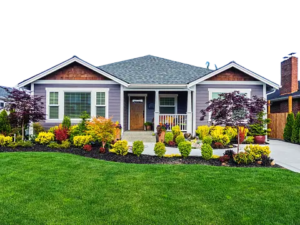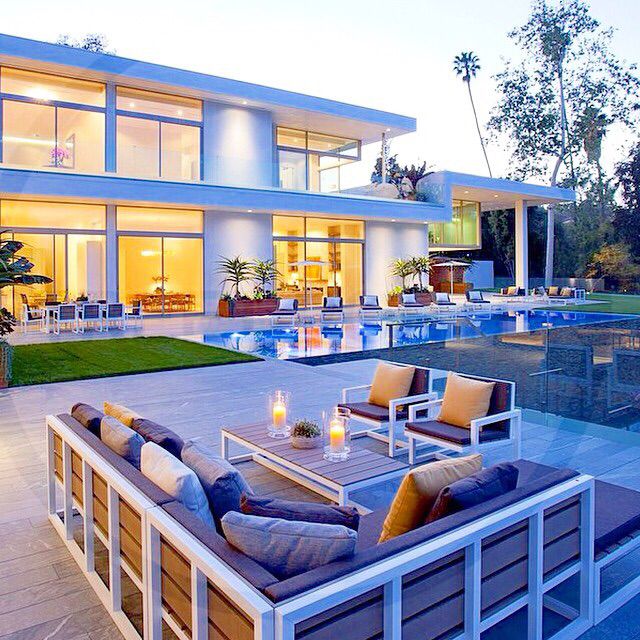Prehistoric man discovered how to make fire and unwittingly changed the world when he did so. Those first campfires introduced our distant ancestors to hot, cooked food, to warmth and to artificial light. The unknown terrors of the night could be exposed and darkness itself conquered- for the first time, prehistoric man realised the benefit of outdoor lights. From those first campfires, burning embers were taken and used as torches. As long ago as 400,000 BC, Peking Men had fires in the caves they inhabited and those primitive torches gradually evolved into lamps. Naturally occurring materials like shells, animal horns or conveniently shaped rocks were filled with animal fat and ad hoc wicks were made from hair or animal hides. Hundreds of these early lamps, fifteen thousand years old, were found in the caves at Lascaux in France and lights have illuminated the darkness in our homes ever since.
The 19th century saw a new means of illumination introduced into the world as gas lights began to be used to light up people’s homes and the great outdoors. By the 20th century, electric lighting had superseded gas and people were now able to light up their gardens at nighttime without the use of candles or torches, turning our gardens into the ideal place to entertain guests. Electricity remains the prime source for lighting outdoor and interior areas and the equipment and methods used to light up the dark have been continuously evolving.
A combination of high energy costs, global warming concerns, safety and aesthetic considerations have all influenced this process of evolution. Examples of this inventive approach are the increased use of low voltage energy efficient lights, solar power and xenon bulb fibre optics. These technological developments are being rolled out to streetlights and both LED and photovoltaic lights are being developed for this huge market, which includes other types of outdoor specialist lighting. Flood lights are used to glow upon the exterior of work premises at night as well as sports stadiums and other outdoor communal entertainment areas. Usually floodlights are either high-pressure sodium lights or metal halide versions. Even ponds, swimming pool and fountains can now be safely illuminated in the darkness.
On the motorways and major roads, beacon lights are used to aid navigation at road junctions or as warning signs to indicate road workings or accidents ahead. Thousands of lives are saved every year simply because these lights facilitate motorists to see better in the dark. Extremely bright security lights are used to deter crime at both domestic and commercial properties or on busy town centre streets. The darkness is no longer the criminal’s accomplice and entry lights are often installed in commercial properties and hotels to direct late night travellers to the correct entry point. Lighting has been progressing for a long time and we recommend finding a team of experts to deal with your bespoke lighting requirements, be it indoor or outdoor. Specialist outdoor lighting now more than ever calls for experts to come to forward and give their innovative and creative services as a new age calls for new ways.






Leave a Reply
You must be logged in to post a comment.